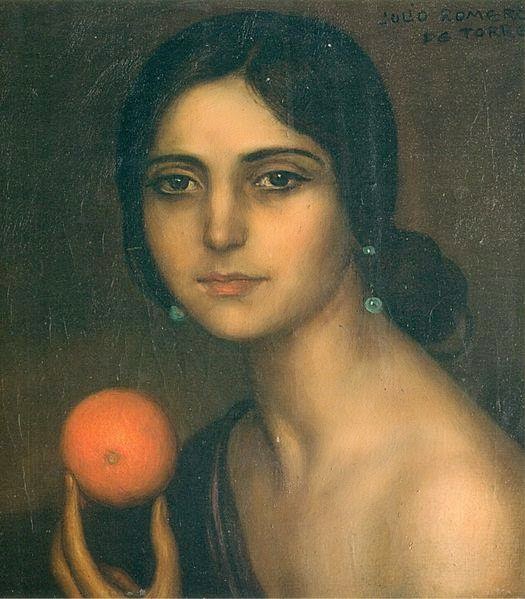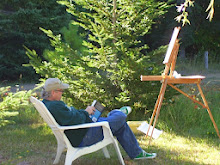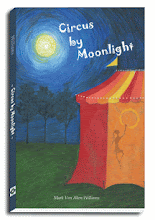Cue the outrage... Here we have a face that screams with mercy as its flesh is stretched and pulled from its face. It is whitened by the horror of the situation. But doesn’t a little alarm now and then keep life from stagnation; providing us with uncomfortable and unexpected interference in the normally seamless flow of banal and comfortable information that our social environment constantly supplies us with.
"Head VI" is one of Francis Bacon’s famous "Pope paintings," with the haunting mouth recalling the anguished cry of the bespectacled nanny in Sergei Eisenstein’s 1925 film Battleship Potemkin. It is in fact based on the portrayal of pope Innocent IX which was originally painted by Diego Velazquez (1599-1660).
According to Stephanie Taylor, “Francis Bacon was the master of self destruction within modern art. He had an amazing ability to portray violence and create unsettling images. With the use of the human figure, he played around with distortion through human actions and emotion, creating disturbed representations, which often involved political undercurrents.”
Ingmar Bergman said of his films, “I don't want to produce a work of art that the public can sit and suck aesthetically... I want to give them a blow in the small of the back, to scorch their indifference, to startle them out of their complacency.”
But in this work, Bacon also contemplates and deals with our frailty--suggesting that within the realms of horror, beauty must not be forgotten.





































